
A Beginner's Guide To Your Garden Irrigation System
Published: 26/11/2023 | Updated: 26/11/2023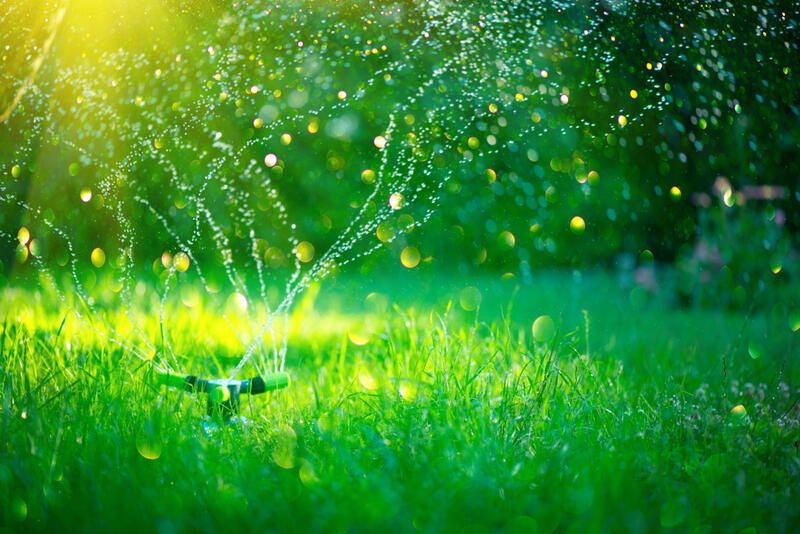
Gardening is one of the most satisfying hobbies you can do. It allows you to express yourself creatively, while also allowing you to get outdoors and enjoy nature.


Growing plants and flowers, on the other hand, isn't always easy, especially if you live in a hot, dry area where water is scarce.
To keep your plants healthy and thriving, they must have access to plenty of water. Irrigation systems are a great way to ensure that your plants receive the water they need.
In this article, we’ll take a look at some of the different types of garden irrigation systems available and see which one is right for you.
Drip Irrigation Systems
A drip system is the most efficient garden watering system to have. Drip tape, or drip lines as they are sometimes known, is a perforated tube that you lay in the dirt directly under each plant at ground level.
The holes in the tubes allow water to seep through slowly, keeping it from evaporating and making sure it reaches its destination rather than just running off into the soil.
As a result of its effectiveness and efficiency over other types of irrigation systems (such as sprayers or sprinklers), drip irrigation has become one of the most popular types of sprinkling systems on golf courses and lawns as well as vegetable gardens and shrubbery beds alike.
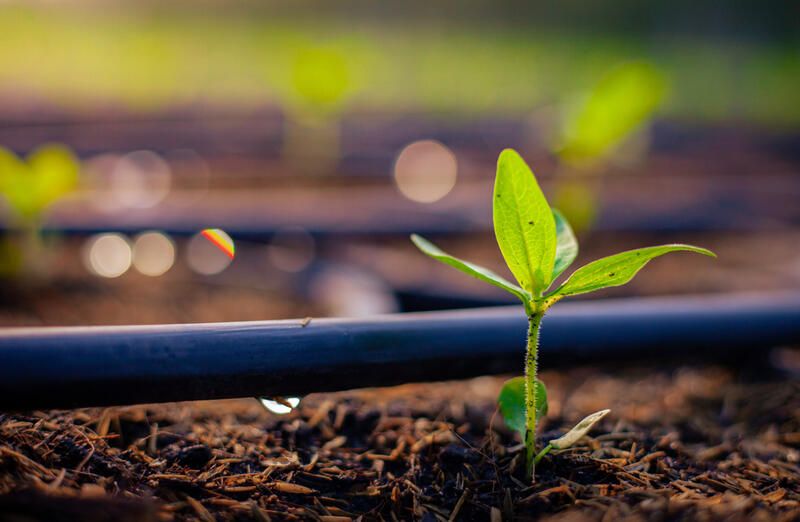
Micro Spray Garden Irrigation System
Micro spray irrigation is a type of drip irrigation system. Drip systems are used to evenly distribute water over a large area, or over several different areas at once.
Micro spray irrigation uses very small diameter tubing and emitters (or sprinklers) to distribute water in an even pattern over a small area.
These systems are often used for landscaping and vegetable gardens.
A micro spray system consists of 2 main components: the emitter and the controller. The emitter is the part that applies water to the soil, while the controller regulates how much water flows through each emitter at one time.
Micro Sprinkler Irrigation
Sprinkler irrigation systems are the most common, widely used, and popular irrigation systems for gardens.
These systems are easy to install and maintain, as well as being relatively inexpensive. The sprinkler head is connected to a water source by use of hoses that run through the garden. When the pump turns on, it sends water through these hoses where it travels up into each sprinkler head at a rate determined by you!
There are three types of sprinklers: pop-up, rotary, and micro-sprinklers; each type works differently but all have one thing in common: they deliver water directly onto your plants' roots or foliage so that they can thrive without over-watering or drowning due to poor drainage (which often leads to disease).
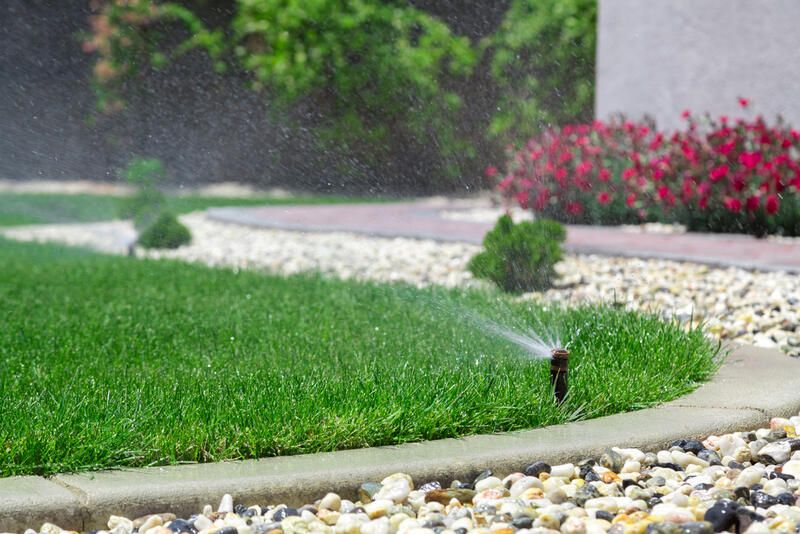
Soaker Hose Irrigation
Soaker hoses are a type of drip irrigation system. They’re made of perforated plastic and are laid out in rows on the soil surface, which can be difficult to manage if you have a large area to cover.
Soaker hoses can be used for vegetable gardens, flower gardens, and shrubs; however, they may not function well in clay soils because they tend to clog easily. To prevent this from happening, you can use sand or gravel around your soaker hoses so that water has better drainage into the dirt below it.
Bubbler Irrigation System
A bubbler irrigation system is a type of drip line that dispenses water slowly, through the use of gravity and pressure. Water is released into the soil at intervals along a plastic tubing or hose, which carries it to the plants' roots.
The most common method of using a bubbler system is by placing one end in an elevated container that has water in it, and then the other end goes into the ground where your plants are growing.
When you turn on your faucet (or hose), water will travel through that tube until it gets to where you want it: your plant's roots! This works because air bubbles form inside each section of tubing; these bubbles help push the water out from one end while preventing any new air from entering from another place along its path.
Bubblers can be used with many different types of plants including fruit trees like apples and berries; vegetables such as tomatoes and peppers; even ornamental flowers like roses!
But there are some disadvantages as well: not all soils are good candidates for this type of irrigation system because they have compacted clay layers underground which prevents adequate drainage even when there isn't any standing water.
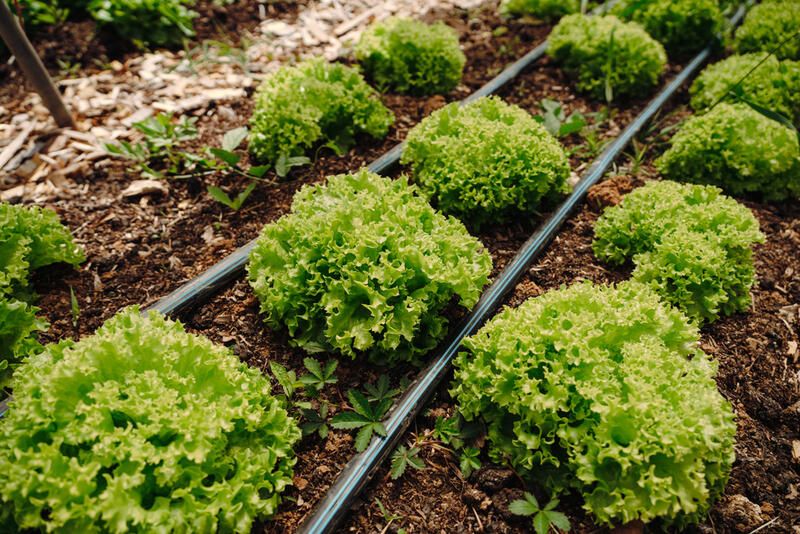
Surface Irrigation System
A surface irrigation system consists of a network of pipes laid out on the ground. A sprinkler head then attaches directly to the end of each pipe, and water is delivered to them through valves that control how much water is sent out at any given time.
These types of irrigation systems are used for large lawns and gardens with many different plants. They're also ideal for watering large areas that aren't very well-drained, as the pipes provide a pathway for excess water to drain away from the surface and prevent standing water from forming.
There are 4 different types of surface irrigation, including basin, border, furrow, and uncontrolled flooding irrigation systems.
Subsurface Irrigation System
A sub-surface irrigation system is a type of irrigation system that uses buried tubes to deliver water to plants. The tubes are usually made of plastic or rubber and can be buried up to 6 inches deep.
Sub-surface systems are connected to the main line that runs from a pump, which pulls the water up from below ground and delivers it to plants through a network of small pipes.
A sub-surface system is the best system for urban environments because it helps conserve water by reducing evaporation and runoff. It's also used in areas that have low water tables and sandy soil since it can deliver water to plants without having to dig deep wells.
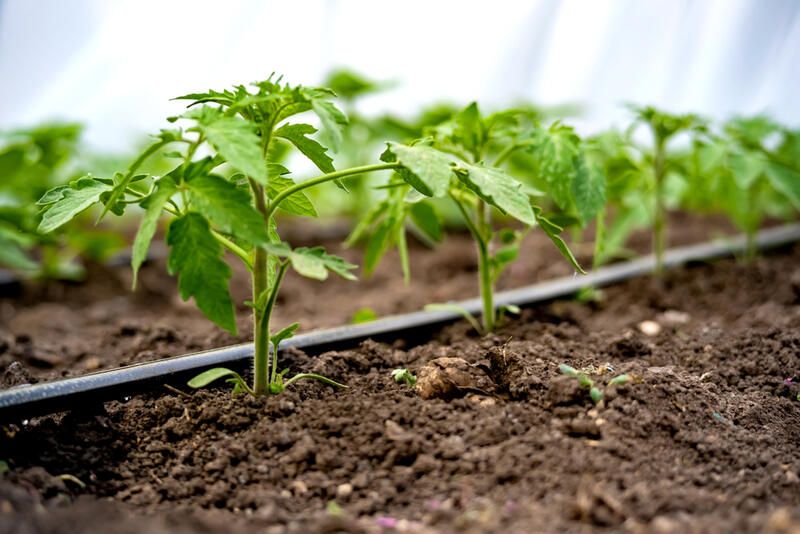
How to choose between a drip irrigation system and other irrigation systems?
If you want to save water and reduce the cost of water bills, then the next important decision you need to make is to choose the type of irrigation system to use.
Many factors play into this decision, including:
-
Water pressure: The higher the water pressure, the more efficiently your sprinkler system can distribute water over a large area. If you have low pressure, it will take longer for your system to distribute water because it has to work harder at distributing the same amount of water over a larger area.
-
Weather conditions (including humidity): Some systems require more maintenance than others due to weather conditions or other factors like windy days and rainy seasons which might cause clogging in some systems but not others.
-
Cost of installation & maintenance services.
Before you decide on which system to use ask yourself these questions:
-
How long will it last?
-
How often will I need someone else's help repairing my equipment?
-
How much time do I want/need each week to water my plants instead of doing something else?
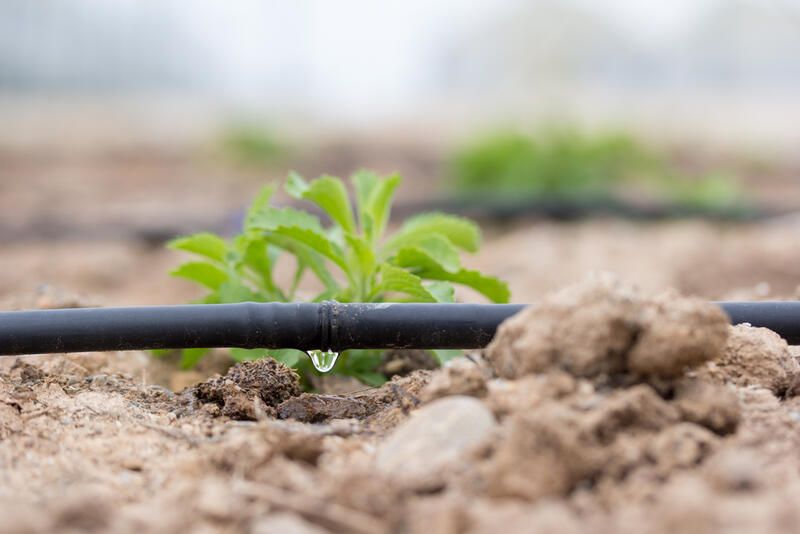
Finally,
Even though it's not always easy to decide which irrigation system will be the best choice for your landscape, the most important thing is to do your research and make sure that you're buying from a reputable company with good customer service.
If you feel overwhelmed by all of these choices or would like more hands-on advice before making a decision about which type works best for your home or business, give ShrubHub a call today!
We'll help guide you through each step of finding an irrigation system that works best for your garden!


